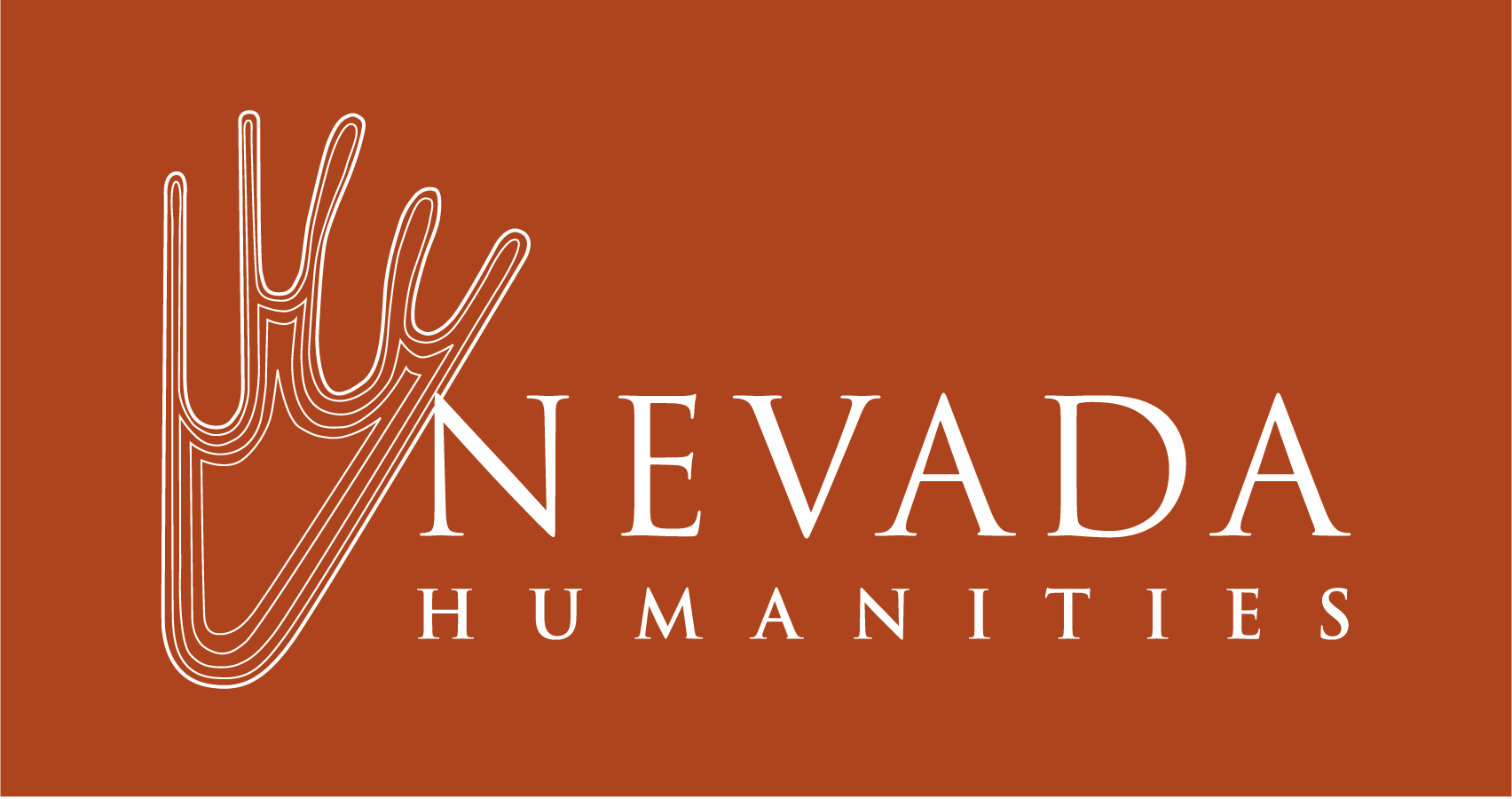A Complete Picture of America’s Opioid-Addiction Epidemic: Julie Buntin and Sam Quinones Together
By Heidi Kyser
In early 2012, I had coffee with an acquaintance who wanted to talk to me about a looming public health crisis. A nurse practitioner and the mother of a boy who’d recently started using heroin after abusing the opioid painkillers that he’d been prescribed for a lacrosse injury, she stood at the intersection of institutional medicine and drug addiction. She knew I was a freelance writer and hoped I could help shed light on the issue. I subsequently pitched a story to Las Vegas City Life, where a receptive editor’s father had also grown addicted to opioids following treatment for a back injury. The resulting article, “The Pill Wars,” focused on law enforcement’s crackdown on local over-prescribing doctors and the state medical board’s failure to adequately police its licensees.
After that one feature, I moved on, covering opioids only when there was news about them. I missed both the bigger picture and the personal perspective. My friend had explained the relationship between medicine’s evolving approach to pain and the explosion of heroin use among middle class Americans, neither of which I had the space to include. At the same time, she’d shown me photos of her son and told me about kicking him out of the house for stealing money from his younger sister’s ballet fundraiser box. As she watched him walk away from their front door for the last time, she remembered her little boy, at 6, in his red rubber boots running out to play in the rain. She didn’t want to go on record, for the sake of his privacy — understandable. That was at a time when shame was still keeping most people quiet.
Where I (and, to be fair, many other journalists) failed, Sam Quinones and Julie Buntin shine.
In Dreamland: The True Tale of America’s opiate Epidemic, Quinones draws on a half-decade of investigative work to patiently extricate the myriad strands — historical, legal, medical, socioeconomic — of which the current opioid-abuse epidemic was woven. From the scientist who discovered the morphine molecule, to the inventor of modern pharmaceutical marketing; from the researchers who noticed anomalously high numbers of laborer overdoses, to the young men quitting Xalisco, Mexico’s sugarcane fields to find fortune in the emerging black tar heroin trade, Quinones thoroughly studies every character in the story.
Breathing soul into the story is Buntin, whose Marlena: a Novel follows two Northern Michigan high school girls through their intense, yearlong friendship. It’s told through the flashbacks of Cat, the one who seemingly gets away — moves to New York, goes to college, gets her dream job — but is nonetheless stunted by her memories of Marlena, the one pulled down by abuse, neglect, and poverty. Connecting them through time and space is addiction. Buntin dispenses with the usual needle porn and dives, instead, into the riskier terrain of the teenage heart.
Actually, the heart is where Buntin’s fiction and Quinones’ nonfiction overlap. Each author is, in his or her own way, grappling with the particular American-ness of the opiate crisis. And in the end what it boils down to, for them both, is resilience.
If you are interested in learning more about the opioid crisis and meeting Sam Quinones and Julie Buntin, join Nevada Humanities for the upcoming Pop-Up Salon: The Opioid Crisis and the Power of Story on April 26 in Las Vegas. Learn More.
Native New Mexican Heidi Kyser is currently staff writer at Desert Companion, the monthly magazine of Nevada Public Radio, where she focuses on in-depth reporting of complex regional stories, winning her the 2016 Maggie Award from the Western Publishing Association for best news story. She will moderate the upcoming Nevada Humanities Pop-Up Salon: The Opioid Crisis and the Power of Story on April 26.
